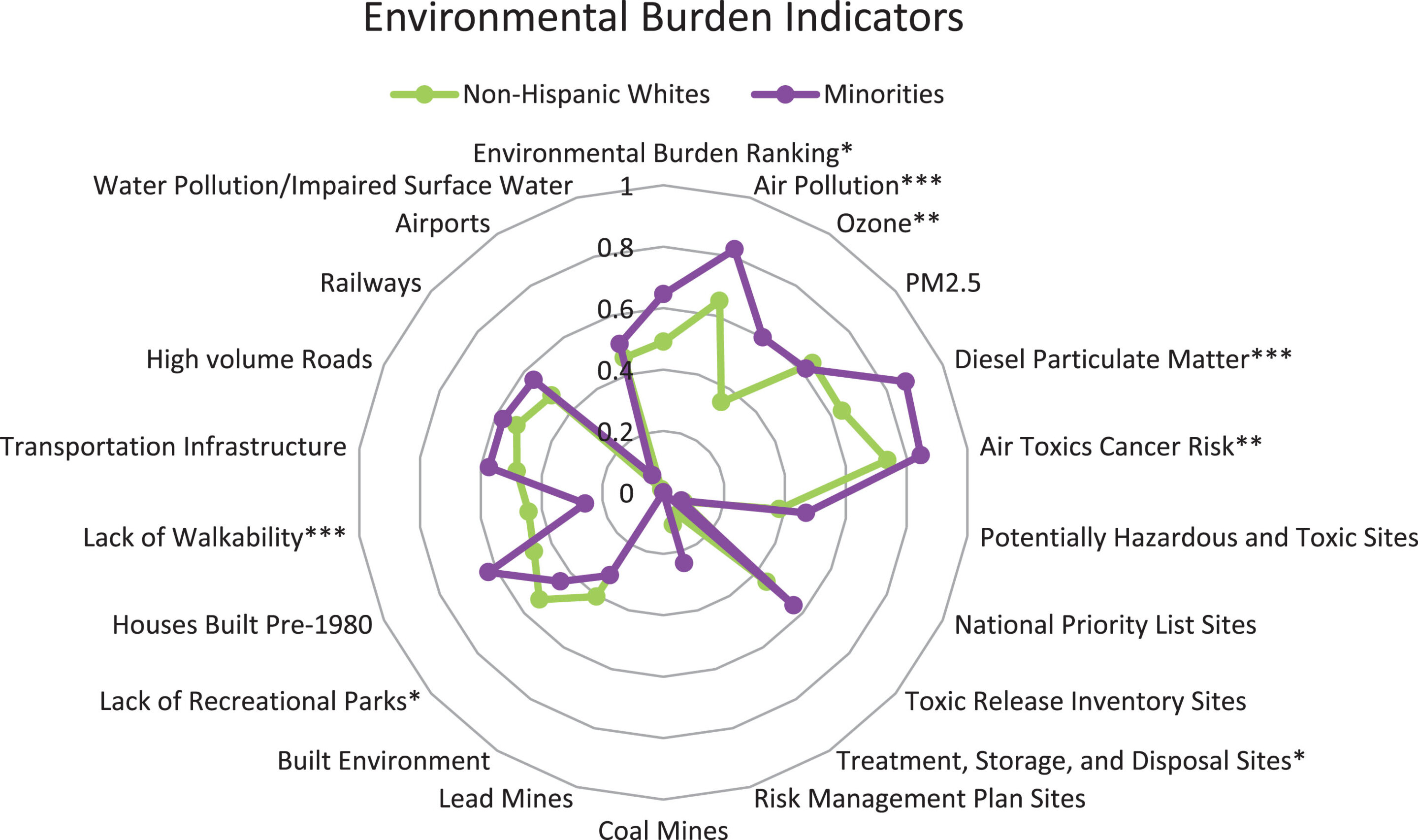PFAS are in the US Food Supply, here’s why you should care : The Hearty Soul

PFAS is an abbreviation for perfluoroalkyl and polyfluoroalkyl substances, a group of over 5,000 man-made chemicals that came into use during the 1950s and ‘60s. They’re found in many products, as they are resistant to heat, water, and oil. According to the U. S. Environmental Protection Agency, PFAS are used in hundreds of industrial processes and consumer products.
We may be exposed to PFAS in non-stick cookware, grease-resistant paper, pizza boxes, fast food wrappers, microwave popcorn bags, stain-resistant carpets and fabrics, water-resistant clothing, cleaning, and personal care products. [1][2]
PFAS are also used for industrial processes, notably in firefighting foams that are used by the military, airport authorities, and local fire and rescue agencies. These foams are most likely the reason why PFAS are found in our groundwater and environment. [2]
On June 11th, 2019 the US Food and Drug Administration confirmed that PFAS chemicals have made their way into the US food supply.
There are many potential health issues which may be associated with PFAS, they’re often referred to as “forever chemicals” as the elemental bonds between these compounds are extremely strong and difficult for the body and environment to break down.
PFAS can easily migrate into the air, dust, food, soil, and water, they also accumulate in the body and can be linked to adverse side effects such as [3]:
- Affecting growth, learning, and behavior of infants and older children
- Decreased fertility in women
- Hormone suppression
- Increase cholesterol levels
- Decreasing natural immunity
- Increasing the risk of cancer
- Liver damage
- Thyroid disease
In the body, PFAS settle and reside in the liver, kidneys, and blood. A 2007 study by the US Centers for Disease Control and Prevention estimated that PFAS chemicals can be detected in the blood of 98% of the US population.
These findings by the FDA were initially presented at the 29th annual European meeting of the Society of Environmental Toxicology and Chemistry, which was held in Helsinki, Finland from May 26 to 30 2019.
Images were taken during the FDA’s presentation and were first obtained by the advocacy group Environmental Defense Fund, and published by the Environmental Working Group. The agency confirmed that the images were produced by the FDA, which pushed the FDA to publicize this information.
Samples of area water surrounding a US Air Force Base – where firefighting foams containing PFAS have been used – was found to be severely contaminated. The FDA shared that the amount of PFAS was 35 times greater than the current US Environmental Protection Agency health advisory, of 70ppt (parts per trillion).
Researchers also analyzed 13 samples from a dairy farm in the area. Samples included water, animal feed, and 5 milk samples. All of the samples had detectable levels of PFAS, that were of a similar structure to firefighting foams.
Even after the cows were no longer exposed to the contaminated feed and water, the FDA noted that it would take 1.5 years for the cows to rid their system of the chemicals.
The FDA also analyzed produce samples from farms close to a PFAS manufacturing plant. This product was intended for sale at a local farmer’s markets. They tested 20 produce samples, 16 of which were leafy greens such as lettuce, cabbage, kale, and collard greens. Among those, 15 showed detectable levels of PFAS.
The FDA says they’re committed to better understanding the role of PFAS in food. It is said that they’ve established an internal working group to evaluate this issue, and they’re working with state partners to conduct more testing.
Avoiding your exposure to PFAS is not entirely possible. While you can purchasing things such as non-stick cookware, grease-resistant paper, fast food wrappers, and microwave popcorn bags, you only really have control over your own lifestyle. Researchers are continuing to study the human and environmental exposure risks and look for ways to reduce PFAS contamination in the environment. A CDC survey shows that the only way PFAS levels in our blood will drop is when companies choose to reduce their use of PFAS. In the meantime, people in areas impacted by PFAS contamination should take sensible precautions.





